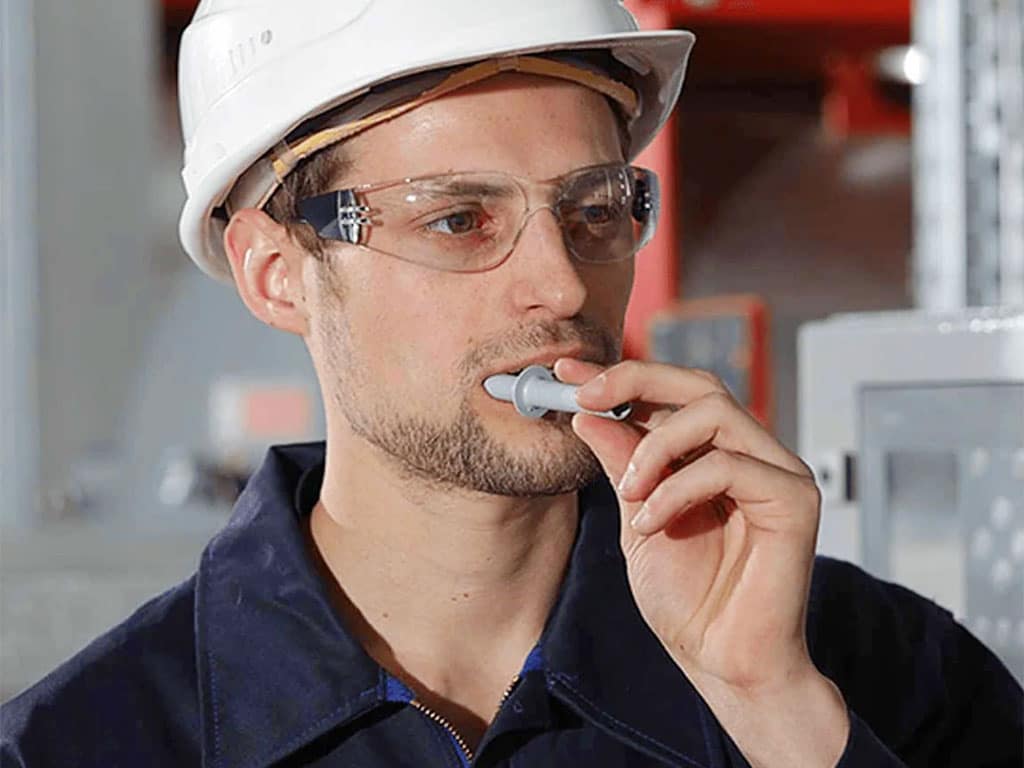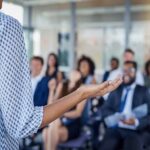Employment Drug and Alcohol Testing: The Need to Know
08 March, 2024

Drug and alcohol abuse in the workplace can lead to several negative impacts. Thus, many companies implement employment drug and alcohol testing policies to mitigate the risks caused by the influence of drugs and alcohol. It is a process of tracing substances using biological specimens. There are several testing methods that employers can choose from, including oral fluid, breath, hair, blood, and urine tests. These can identify those with substance use disorders for the safety of everyone in the workplace.
Companies develop drug and alcohol policies to ensure compliance with the relevant laws and regulations. It is a legal document that also informs the employees of the behaviours the company expects them to adhere to during their employment. It also allows the company to get informed consent from the employees before implementing the testing procedures. This article will present information on workplace testing, its importance, and the type of testing methods.
What is Employment Drug and Alcohol Testing?
Employment drug and alcohol testing is a procedure wherein companies conduct a screening test on their workers to detect the presence of alcohol or drugs in their system. There are various conditions for conducting a test, which are usually indicated in the workplace policy on alcohol and drug usage.
Moreover, this policy should also contain the testing process. It should cover the types of tests, the procedures for showing the results, and how to handle a non-negative test result. Moreover, it should list the disciplinary measures that correspond to each violation. It may include suspensions, demotions, participation in alcohol management programs, or dismissal from the position. Furthermore, it should be a fair process that applies to all workers.
To conduct testing within the company, employers may contact reliable testing service providers. However, they must ensure that these providers have a well-trained team of collectors that strictly follow the chain of custody procedures. They should also use testing kits and laboratory equipment following the Australian standards for cut-off points.
Reasons to Conduct
- Pre-employment testing: It helps companies ensure that potential employees for safety-critical positions are free from substance abuse disorders. This can help employers narrow down their list of applicants.
- Random testing: It can identify individuals participating in illicit drug and alcohol use during working hours within company premises through an unannounced test with randomly selected workers.
- Post-accident testing: This helps identify the cause of the incident and provides evidence of impairment from substance use.
- Reasonable suspicion testing: Employers conduct this to determine if an employee who is showing visible signs of impairment is suffering from a substance use disorder.

Importance of Employment Drug and Alcohol Testing
Employment drug and alcohol testing is essential for several reasons. Firstly, it helps reduce the safety risks present in the company. A comprehensive and fair testing regime can effectively identify work-related risks and address them before they cause an issue. Moreover, this safety initiative can also prevent impaired employees from driving or operating heavy machinery.
Secondly, it can help increase the productivity of the workers. Alcohol and drug issues can cause a significant decrease in the physical and mental capabilities of the worker. In addition, these workers tend to have higher rates of absenteeism and tardiness. Overall, this leads to lower productivity. Moreover, it can lead to tension and strained relationships due to their high irritability.
Thirdly, testing can aid in mitigating legal risks. This is because Australian companies have a legal obligation to ensure workplace safety. This can also ensure that the company does not suffer from reputational damage due to multiple accidents within the premises. Ultimately, this will also help them save on costs from insurance premiums and litigation.
Employee and Employer Obligations
According to the Work Health and Safety Act (WHSA), employers must eliminate or minimise risks in the workplace, including drug and alcohol risks. Thus, they must enforce drug and alcohol screening programs through a comprehensive company policy. However, they must also ensure to prevent privacy issues, like the leaking of medical records, to protect the rights of their employees.
Accordingly, employees must also fulfil their obligations. This includes following the expected behaviours, such as complying with the prohibition of drugs and alcoholic beverages in the workplace and reporting suspected drug and alcohol misuse. Overall, employers and employees must work together for a safer workplace.

Types of Employment Drug and Alcohol Testing
Employers can select among multiple types of employment drug and alcohol testing methods. Firstly, urine tests are considered the standard for workplace testing. This uses urine samples to trace a wide variety of substances with a detection window of days to weeks, depending on the substance. Moreover, there are urine test kits with sample integrity checks to detect possible adulteration.
Secondly, saliva testing is another common procedure. It is helpful for onsite tests since the saliva collection process is easy to conduct. Moreover, it is ideal for tracing recent use due to its shorter detection period. Thirdly, blood testing is another method employers can use. Many use this method because of its high accuracy. However, it has an invasive collection procedure. Hence, it is more commonly utilised for laboratory confirmatory testing.
Fourthly, hair testing can provide a history of substance use due to its lengthy detection window. However, it does not detect recent consumption due to the nature of hair growth. Lastly, breath alcohol testing measures the Blood Alcohol Concentration (BAC) level within seconds. It uses breath alcohol equipment like breathalysers.
What Can be Detected?
The alcohol and drug testing methods enable the tracing of multiple substances. However, employers must ensure their selected testing kits or packages from the drug and alcohol screening services will have panels for the substances they wish to detect.
Typically, testing traces for ethanol, prescription medications, and illegal drugs. These may include amphetamines, cocaine, cannabis (THC), benzodiazepines, and opioids. They can also include panels for phencyclidine, ecstasy (MDMA), opioids, and barbiturates for a comprehensive screen. If using screening kits, the results will show within minutes. However, laboratory testing typically has a 24-48 hour turnaround time before they can release a report.
Conclusion
Employment drug and alcohol testing is a crucial procedure for companies who wish to maintain a safe workplace. This process of detecting the presence of drugs and alcohol provides many benefits. As such, many businesses implement workplace policies to outline the expected behaviours from employees, the testing process, and the disciplinary actions for violating the policy. This allows them to experience the benefits of conducting testing, such as reducing the risks of accidents and improving workplace productivity.
There are several types of drug and alcohol tests that employers can include in their testing regime. The common methods of testing are saliva, urine, and alcohol breath testing. This is due to their relatively low costs and accessibility using kits and devices. Nevertheless, blood and hair tests are also helpful for specific circumstances, like confirmation testing. Those interested in using workplace breathalysers and testing kits may check the selection available here at Breathalysers Australia.






























